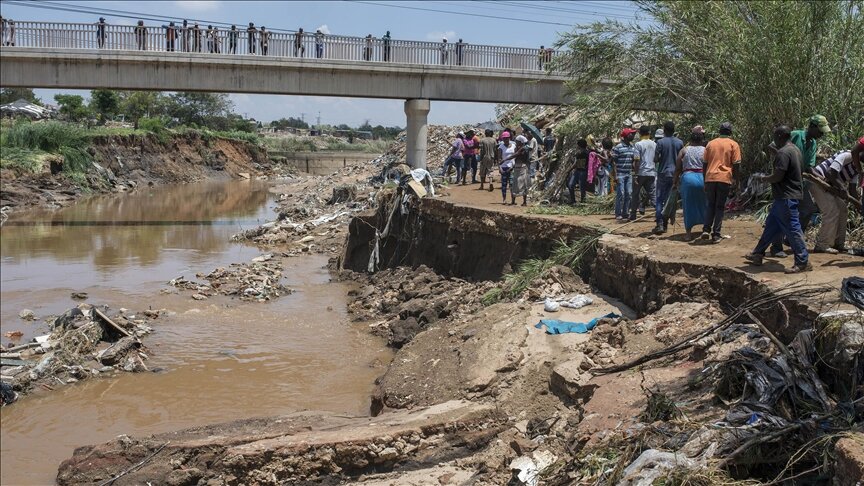
“A concerted push to distribute essential supplies, including food and non-food items, continues by road and through airlifts and airdrops in inaccessible areas in 19 affected counties. Evacuation efforts are also ongoing with Kenya Navy boats and the Kenya Coast Guard Service,” said Mwaura.
In response to the escalating crisis, the government has been compelled to establish nine additional camps in Tana River County, Migori, Homa Bay, and Voi as a means to accommodate the displaced population grappling with the aftermath of the floods.
The ongoing rains in Kenya have unleashed a cascade of challenges, with widespread flooding, landslides, and mudslides wreaking havoc across the nation.
“The impact on infrastructure is significant, with numerous roads rendered impassable, disrupting transportation of people and relief efforts,” Mwaura added
Among the damaged facilities are 36 submerged schools.
Kenya is not alone in facing the devastating consequences of El Nino. Neighboring nations Somalia and Ethiopia are also in the throes of torrential downpours.
The relentless rains have led to the deaths of hundreds of people, widespread displacement, and the destruction of critical infrastructure in the three nations.
El Nino, a climatic phenomenon characterized by the periodic warming of sea surface temperatures, has induced significant shifts in rainfall patterns, resulting in an increased likelihood of extreme weather events such as floods.
The repercussions extend beyond borders, disrupting ecosystems worldwide and leaving communities vulnerable to the unforgiving forces of nature.
MNA/




